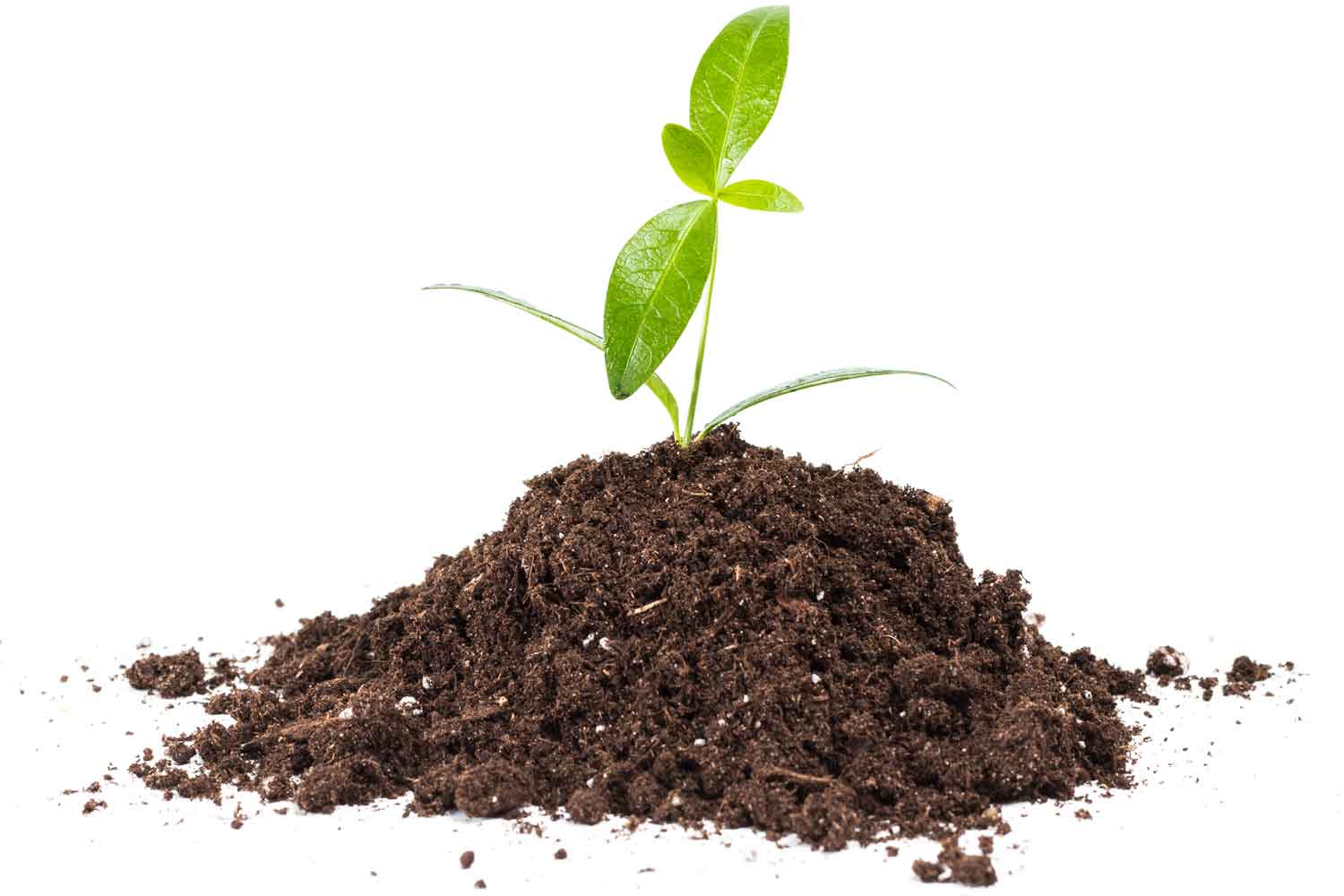How to Use Compost

Healthy Soil Grows Healthy Plants
by Sally Cunningham
Gardeners, homeowners, and landscapers have certain predictable problems with the soil of WNY—and without good soil we have nothing. The good news: Almost all soil can be improved by adding compost, and fall is the best time to do it!
The Complaints:
It’s Heavy Clay!
True. Clay is dominant in most of our soils. Clay isn’t all bad because it has lots of nutrients, but it needs lightening
It’s Compacted!
Heavy use, such as repeated tilling, walking, or using equipment makes soil impenetrable for plant roots.
It’s depleted—no nutrients; it’s dead!
Farmers and gardeners know you must continually replenish soil life and nutrients.
What to do:
All those problems are resolved by adding compost. Not all composts are equal, but they all will help with soil texture. Turn compost by hand (or till it lightly) into a hard patch of clay or compacted soil, and over time the compost will loosen it. If your soil is overused and nutrient-depleted, choose a high-quality compost and mix it into the soil. The compost (along with other organic matter such as chopped leaves) feeds and stimulates the microbial life of the soil. It’s those microbes that provide nutrients to plant roots.
Both these goals–lightening texture and stimulating soil life to increase nutrients—take time. Adding compost in fall is a great head start.
Why not fertilizer instead?
Fall is the wrong time of year to apply fertilizers that stimulate above ground growth anyway, when plants are preparing to go dormant. (Later in fall some products that support root growth may be recommended for lawns or trees.) And most fertilizers discourage the development of healthy communities of microorganisms or earthworms. Many organic gardeners never fertilize (except to fix a specific deficiency); they just use compost.
How much compost? How do I apply it?
These tips will help in most yards and gardens:
Bare soil—new garden or finished vegetable or flower bed:
Spread 2 to 4 inches of compost over the area and lightly turn it under. Many gardeners like to cover the garden over winter, to minimize weeds.
Perennial or shrub garden:
Rake existing mulch off to the side. If the soil is compacted, scratch it up with a rake (without disturbing roots) and then spread a couple of inches of compost over the root areas of all the plants. Don’t touch or crowd the crowns or stems. Mulch again after the ground freezes.
Trees:
Rake back mulch, scratch the soil without disturbing roots, and spread 2 inches of compost over the root area. Tree roots grow far beyond (often 60%) the outermost branches, so include that area as well. Mulch later, never touching the tree trunk.
Lawns:
Spread a thin layer (1/2 inch) as evenly as possible over lawns with depleted, compacted soil.
The bottom line on what to do?
Amend your soil with locally produced compost, made from select food, yard and animal waste.

